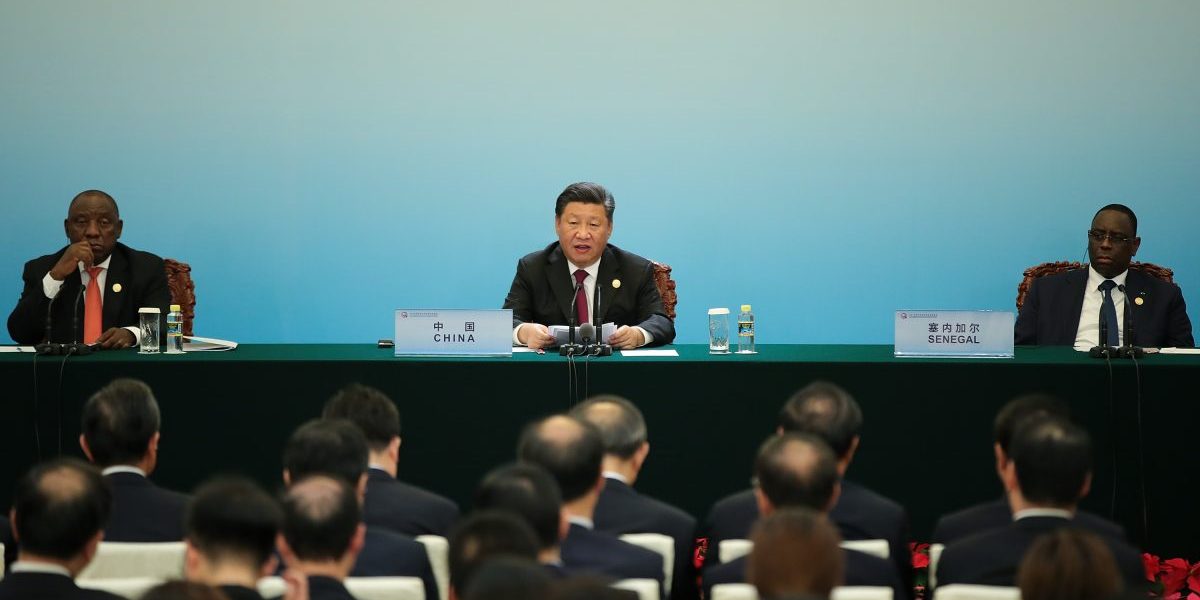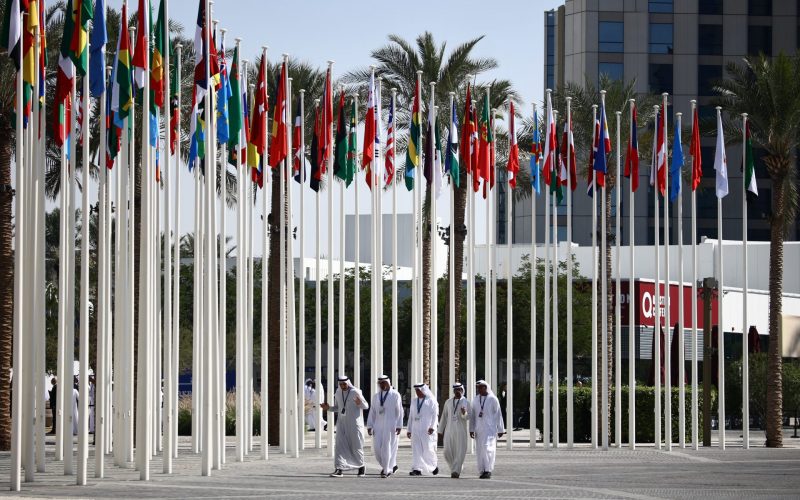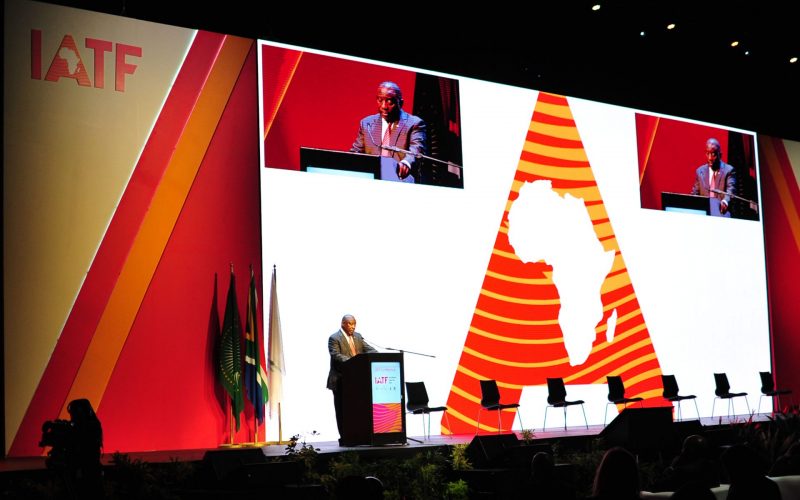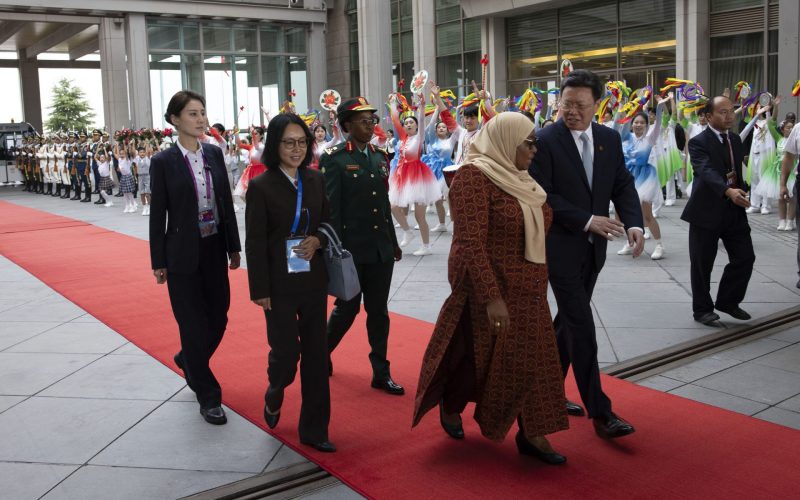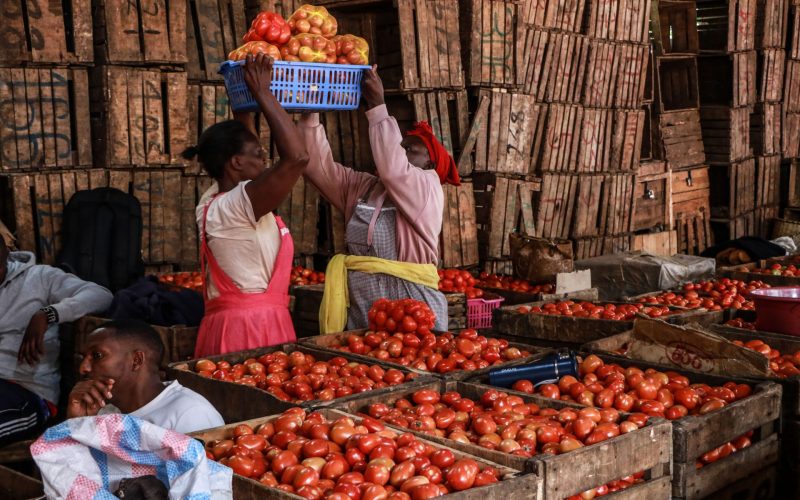Summary:
- The establishment of the African Continental Free Trade Area represents a major step towards greater economic integration and trade on the continent.
- China’s Belt and Road Initiative is the centerpiece of China’s foreign policy. While its parameters are somewhat unclear, it has the potential to boost economic growth in the Global South.
- There are significant opportunities for dovetailing between the African Continental Free Trade Area and the Belt and Road Initiative, which will be a key theme at the Forum on China–Africa Cooperation summit in 2021.
- While China has an incentive to tap into the trade benefits offered by the AfCFTA, African countries will have to guard against their markets being flooded by cheap Chinese goods.
- The African Union and African governments will need to adopt a more coordinated approach if they are to derive value from the opportunities presented by the Belt and Road Initiative, while also avoiding its risks.

